Are you ready to bring good luck and fortune into your life? We welcome you to explore the world of ancient Egyptian good luck symbols!
Throughout history, civilizations have developed various beliefs and symbols associated with luck and protection. Among these, the Egyptian good luck symbols deserve a special place.
The ancient Egyptians held a profound reverence for symbols and their power to attract good fortune and ward off evil.
Egyptian culture is renowned for its rich symbolism, and within its ancient art and mythology lie a plethora of good luck symbols.
These symbols, deeply intertwined with the beliefs and rituals of the Egyptians, have captivated the imagination of people for centuries.
Exploring more of these fascinating symbols not only unveils the ancient wisdom of the Egyptians but also invites us to embrace the mystical world of luck and fortune.
Read Rune Reading: Choose A Viking Rune And Discover What The Future Holds For You
20 Ancient Egyptian Good Luck Symbols
Here’re the most commonly found Egyptian good luck symbols:
1. The Wadjet or Eye of Horus:
One of the most recognizable Egyptian good luck charms, the Eye of Horus, represents healing, protection, and good health.
Ancient Egyptians believed that this symbol, with its distinctive eye-shaped design, could ward off evil and bring blessings. The Eye of Horus is associated with the sky god Horus, who was highly revered and believed to have healing powers.
2. The Scarab Beetle:
The scarab beetle, or Khepri, symbolizes rebirth, transformation, and protection. Egyptians believed that the scarab beetle rolled the sun across the sky each day, signifying the cycle of life and the sun’s rising and setting.
This association with renewal and protection made the scarab a powerful talisman for good luck and warding off negative energies.
3. The Ankh:
Known as the “Key of Life,” the Ankh is one of the ancient good luck symbols representing eternal life, fertility, and vitality.
Shaped like a cross with a loop at the top, it combines both masculine and feminine elements, symbolizing the union of opposites.
The Ankh was often depicted in the hands of deities and pharaohs, signifying their divine power and connection to the afterlife.
4. The Djed Pillar:
The Djed pillar is a symbol of strength, endurance, and stability. It resembles a column with four horizontal bars, often associated with the god Osiris.
Ancient Egyptians believed that the Djed pillar represented the spine of Osiris, the god of the afterlife, and its presence brought protection, stability, and prosperity. It was frequently depicted in tomb decorations and amulets.
5. The Cartouche:
Resembling an oval-shaped frame, the cartouche was used to encircle and protect the names of pharaohs and other esteemed individuals.
It symbolizes the concept of eternity and divine authority. The cartouche is often decorated with intricate hieroglyphs that spell out the pharaoh’s name or titles, serving as a powerful representation of their royal lineage and connection to the gods.
This symbolic form of identification served to safeguard the pharaoh’s name and ensure their legacy and immortality.
Today, the cartouche is a cherished symbol of good luck and a testament to the enduring power and grandeur of the pharaohs who ruled the land of the Nile.
6. The Sistrum:
The Sistrum, a musical instrument resembling a handheld rattle, was associated with the goddess Hathor and was believed to bring joy, happiness, and good luck.
It was used during religious ceremonies and celebrations, and its rattling sound was thought to dispel evil spirits and attract divine blessings.
7. The Lotus Flower:
Among the ancient good luck symbols, the lotus flower holds great significance in Egyptian mythology, representing rebirth, purity, and spiritual enlightenment.
In ancient Egyptian art, it often emerged from the primordial waters, symbolizing creation and the emergence of life.
The lotus flower’s association with the sun and its ability to close at night and reopen with the morning sun made it a potent symbol of renewal, luck, and the eternal cycle of life.
8. The Udjat (Eye of Ra):
The Udjat, (the right eye of Horus) also known as the Eye of Ra, is one of the Egyptian good luck symbols representing the sun god’s all-seeing eye and divine protection.
It symbolizes the power of the sun and its ability to illuminate darkness, dispel evil, and bring blessings. The Udjat is often depicted as a stylized eye with vibrant colors and adorned with the markings of a falcon, symbolizing Ra’s watchful and protective gaze.
9. The Shen Ring:
The Shen ring is a circular band with a knot at the top, symbolizing infinity and eternity. It represents the concept of divine protection and encircling power.
Egyptians believed that the Shen ring was worn by gods and pharaohs as a symbol of their limitless authority and good fortune. The Shen ring also signified the cyclical nature of life, where endings and beginnings seamlessly blend into one another.
10. The Tyet Knot:
The Tyet knot, also known as the Knot of Isis or the Blood of Isis, is an amulet representing protection, healing, and fertility.
Its design consists of a stylized knot with loops at the top and dangling ends. The Tyet knot was associated with the goddess Isis, who possessed immense magical and healing powers.
It was often worn by women to invoke the protective and nurturing qualities of Isis during childbirth and to promote general well-being.
Read The Symbol You Pick Will Reveal The Phase of Life You Have Entered
11. The Feather of Ma’at:
One of the ancient good luck symbols of Egypt is the Feather of Ma’at. It symbolizes truth, justice, and balance.
Ma’at, the Egyptian goddess of truth and justice, was believed to weigh the hearts of the deceased against her feather during the judgment of souls.
Any soul would be granted eternal life if their heart was lighter than her feather. The Feather of Ma’at serves as a reminder to live a just and balanced life, fostering luck and harmony.
12. The Crook and Flail:
The Crook and Flail were symbols of authority and kingship, often associated with the pharaohs. The Crook, shaped like a shepherd’s crook, symbolized the pharaoh’s role as the shepherd of his people, ensuring their well-being and protection.
The Flail, resembling a whip, represented the pharaoh’s power and authority to maintain order and enforce justice. These symbols were also seen as emblems of divine protection and good fortune for the ruling elite.
13. Ouroboros or The Serpent:
In Egyptian mythology, the serpent held both positive and negative connotations. This Egyptian good luck charm was a symbol of protection and rebirth. It represented the power of the sun god and the cycle of life and death.
The Uraeus, a stylized cobra, was often worn on the headdresses of pharaohs and gods, signifying their divine authority and protection against evil forces.
The serpent’s ability to shed its skin was seen as a representation of renewal and transformation, making it a powerful symbol of good luck and regeneration.
14. The Amulet of Ptah:
Ptah, the creator god, was highly revered in ancient Egyptian religion. The Amulet of Ptah, shaped like a heart with crossed arms, symbolized life, vitality, and protection.
This is one of the important Egyptian good luck symbols. It was believed to bring good fortune, ward off illness, and ensure a prosperous existence.
The amulet was often placed in tombs to safeguard the deceased on their journey to the afterlife, emphasizing its association with both luck and protection.
15. Was Scepter:
It’s a symbol of power, authority, and divine rule in ancient Egyptian iconography. Shaped like a staff with a distinctive forked end, the Was Scepter was associated with the gods and pharaohs, representing their ability to maintain order, justice, and prosperity.
The forked end, resembling a stylized animal tail or a papyrus plant, symbolized strength and dominance. It was often depicted in the hands of deities, emphasizing their divine authority and ability to govern both the earthly and spiritual realms.
The Was Scepter embodied the pharaoh’s role as a benevolent ruler and was used ceremonially during important rituals and royal processions. Its presence signified the king’s ability to uphold balance, maintain cosmic harmony, and ensure the prosperity of the kingdom.
As an enduring symbol of power, the Was Scepter serves as a testament to the ancient Egyptians’ reverence for leadership and their belief in the divine right to rule.
16. The Cow of Hathor:
Hathor, the goddess of love, beauty, and joy, was often depicted as a cow or as a woman with cow ears. The Cow of Hathor symbolized fertility, nurturing, and maternal instincts.
One of the ancient good luck symbols of Egypt, it was believed to bring luck, abundance, and protection.
The image of Hathor as a cow represented the gentle and caring qualities associated with motherhood, making it a beloved symbol of good fortune and happiness.
17. The Feather of Shu:
Shu, the god of air and sunlight, was associated with balance and harmony. The Feather of Shu, an Egyptian good luck charm symbolized lightness, truth, and righteousness.
During the judgment of souls, the heart of the deceased was weighed against the Feather of Shu to determine their fate.
If the heart was found to be as light as the feather, the individual was considered just and deserving of eternal life. Therefore, the Feather of Shu came to represent luck, fairness, and moral integrity.
18. The Scales of Ma’at:
The Scales of Ma’at represent justice, truth, and balance. Ma’at, the goddess of truth and harmony, was responsible for maintaining order in the universe.
The scales symbolize the weighing of a person’s heart against the feather of Ma’at during the judgment of the deceased.
If the heart was found to be pure and balanced, it signified a life lived in accordance with Ma’at’s principles, bringing luck and a positive afterlife.
19. The Djed-Ankh:
The Djed-Ankh is a combination of two powerful symbols—the Djed pillar and the Ankh. It represents the union of stability, endurance, and eternal life.
The Djed pillar signifies strength and resilience, while the Ankh represents vitality and the key to eternal existence.
The Djed-Ankh symbolizes the harmonious balance between stability and spiritual enlightenment, bringing good luck, prosperity, and a deep connection to the divine.
20. The Hamsa Hand:
Although not exclusively Egyptian, the Hamsa Hand has been used as a symbol of protection and good luck across different cultures, including ancient Egypt.
It is shaped like a hand with an eye in the center, known as the Hand of Fatima or the Hand of Miriam. In Egyptian culture, it represented the protective power of deities and was believed to ward off the evil eye and bring blessings, luck, and abundance.
Read Co-creating with the Universe: 5 Lucky Symbols to Attract Good Luck into Your Life
Bring Home The Mysticism Of Egypt
The depth and symbolism of Egyptian culture are beautifully reflected in the ancient Egyptian good luck symbols. Each symbol carries a distinct meaning and serves as a gateway to ancient Egyptian beliefs, values, and aspirations.
From the serpents’ regenerative power to the amulets of protection, the knots of eternity, and the divine representations of gods and goddesses, these symbols continue to captivate our imagination.
By embracing and understanding the significance of these ancient Egyptian good luck symbols, we can tap into the timeless wisdom of the ancient civilization and invite positive energy and fortune into our own lives.
Incorporating these symbols into our lives today can serve as a reminder of the timeless quest for luck, protection, and prosperity that transcends generations.
Frequently Asked Questions
Who is the Egyptian god of luck?
Shai, also known as Shay, Schai, or Schay, held a significant role in ancient Egyptian mythology as the god associated with fate and destiny.
What are the Egyptian symbols of prosperity?
In ancient Egyptian culture, several symbols were associated with prosperity and abundance, such as the Ankh, the Sistrum, the Wadjet Eye, the Scarab Beetle, and the Lotus Flower.
What is the Egyptian symbol of wealth?
The Egyptian symbol of wealth is the “Hemhem Crown.” Also known as the Triple Atef Crown or the Triple Plumed Crown, it was a ceremonial headdress worn by pharaohs during important religious and state ceremonies.
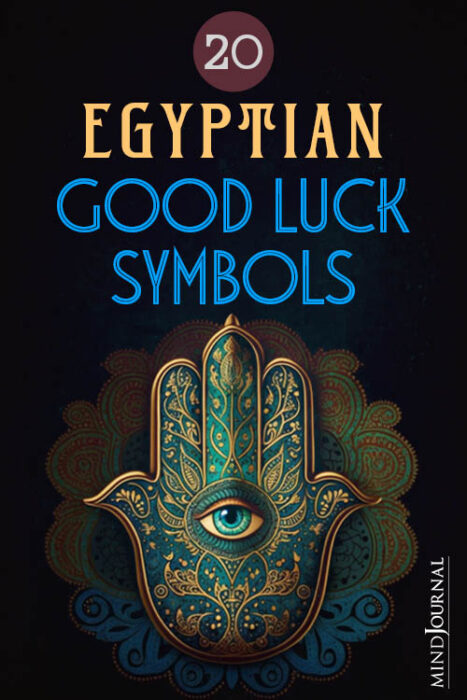
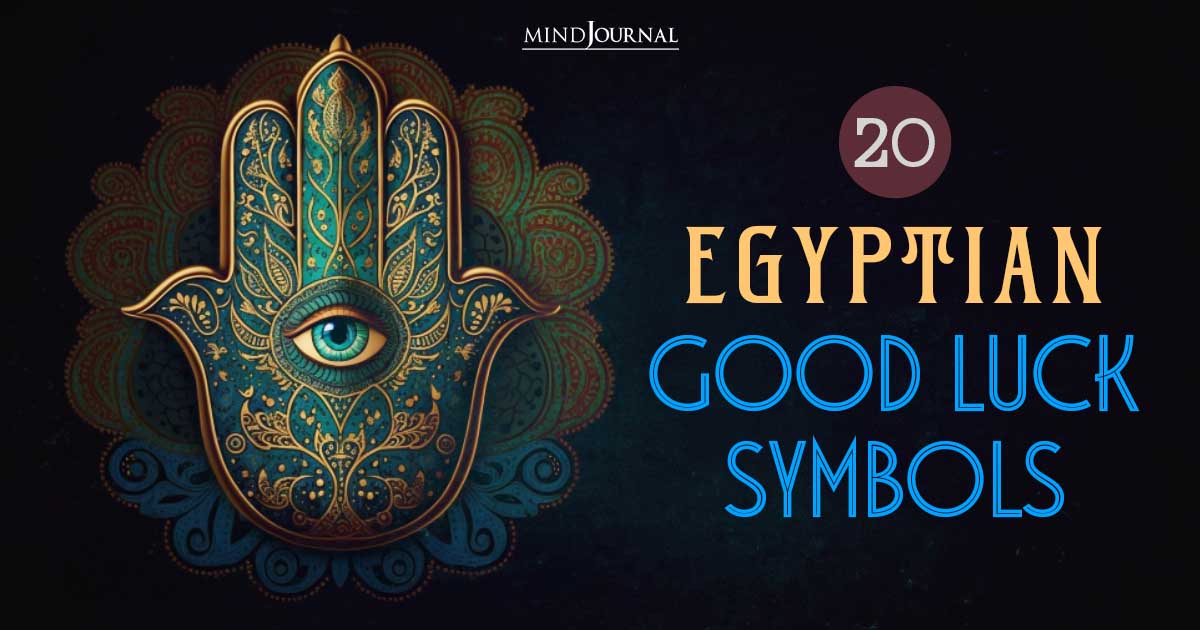
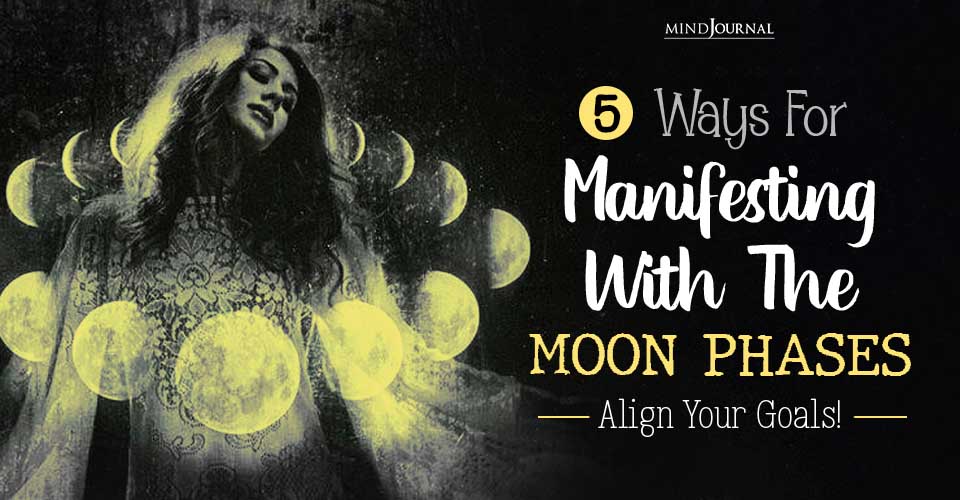
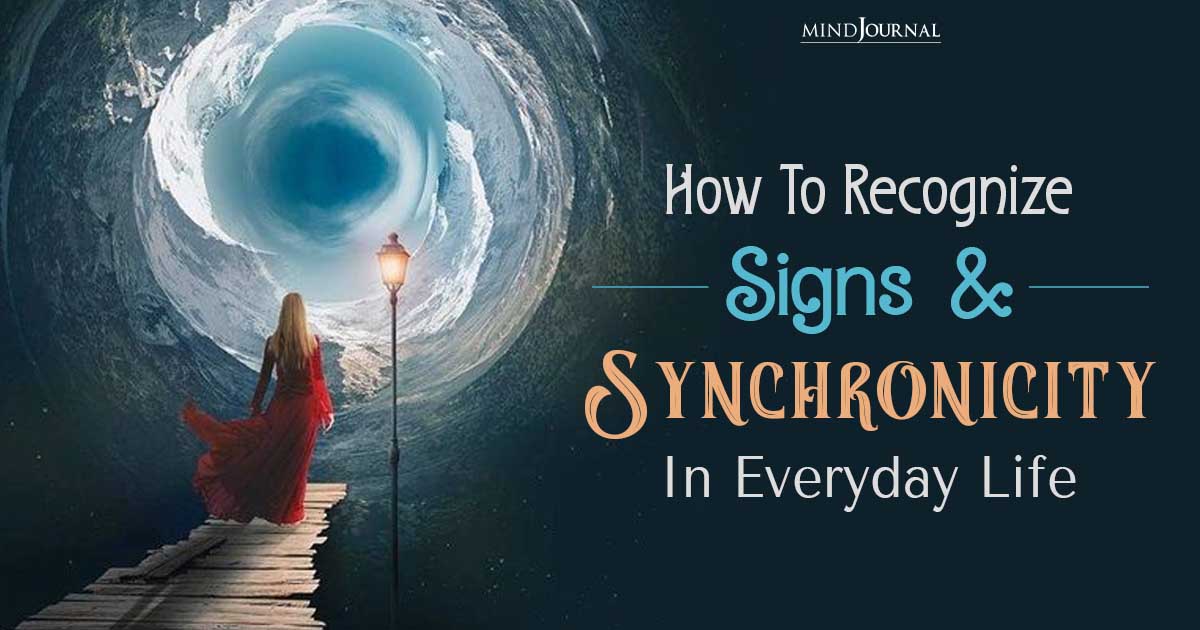
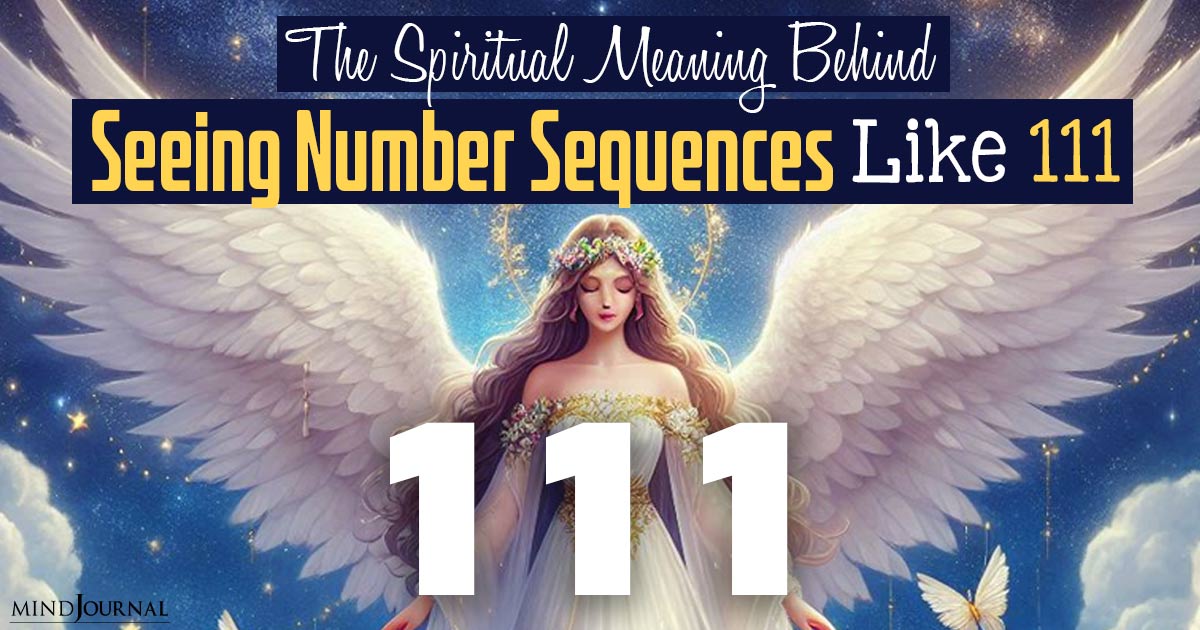
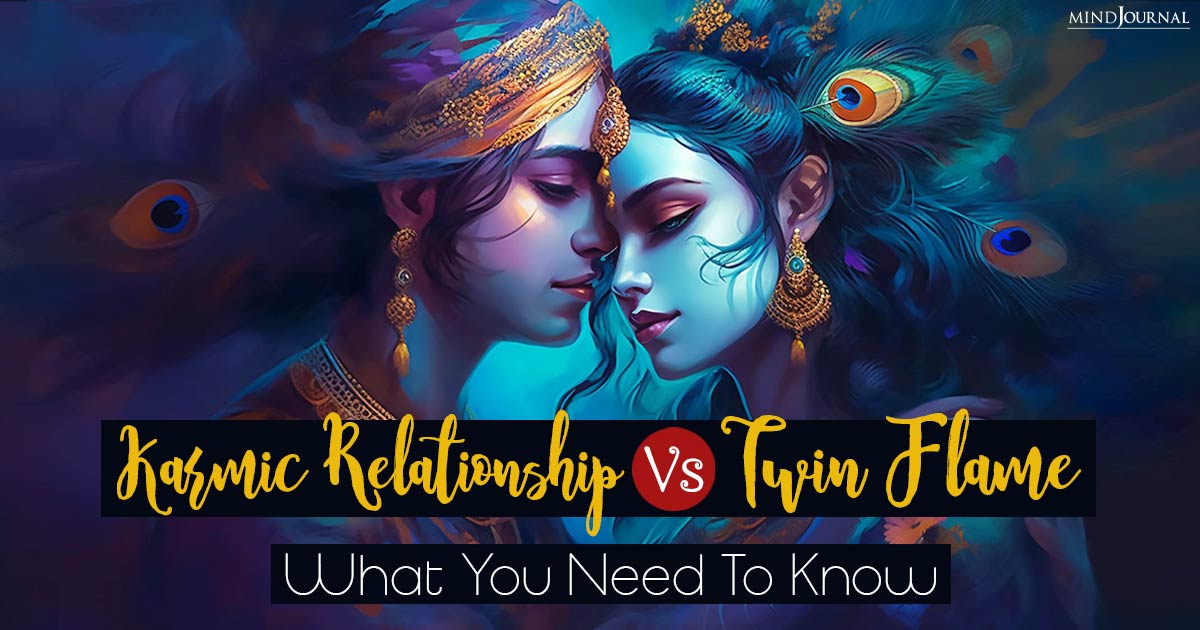
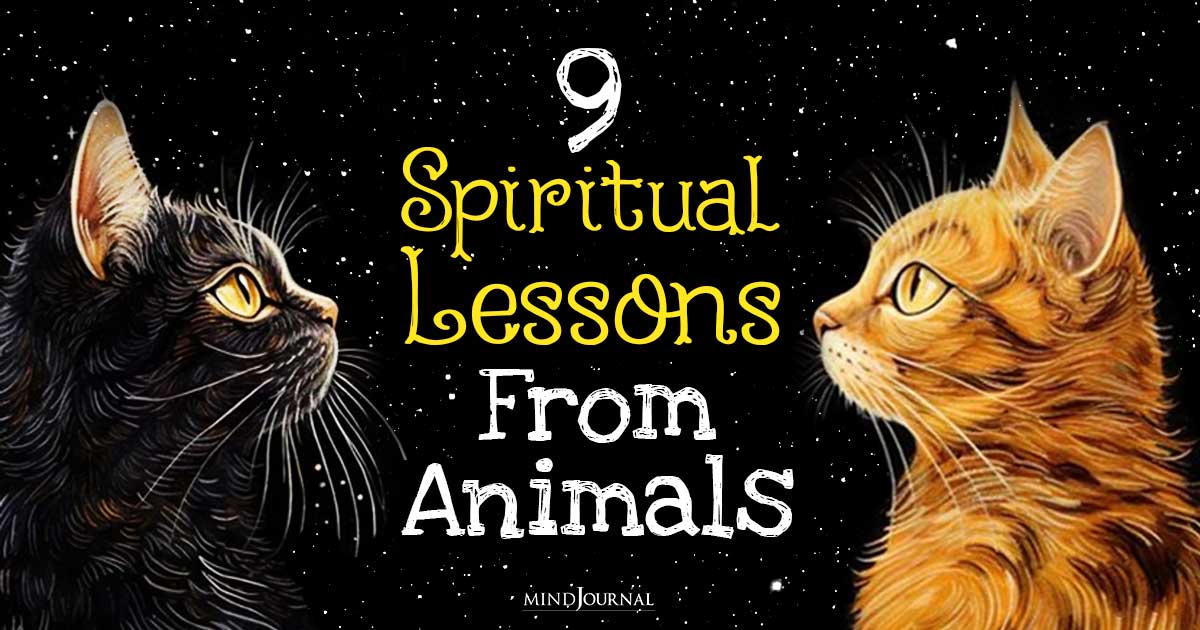


Leave a Reply
You must be logged in to post a comment.